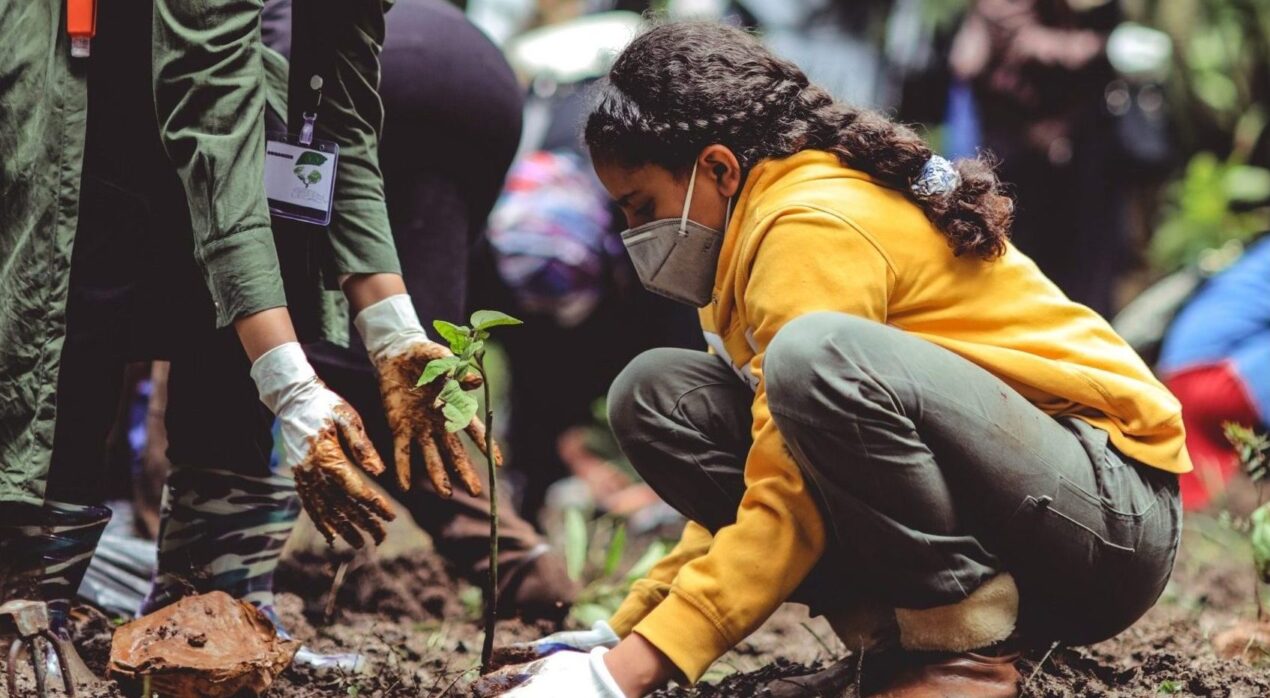
Tree planting campaign
Awareness and Engagement

Summary
Trees provide cooling through evapotranspiration and shading that decreases temperatures along walkways. Increasing vegetation provides numerous co-benefits like reducing pollution, improving the public realm, and decreasing energy costs. A tree planting campaign can encourage private property owners and businesses to plant more trees. Through a campaign, governments can also recruit volunteers and raise funds to plant trees on public land.
Implementation
Encourage residents to participate in and support tree planting efforts with tree giveaways, corporate sponsorship or competitions, and other programming. Participants can plant trees on their own property. Governments can collect funding for trees through donations from private sector partners and foundations.
Considerations for Use
This program provides cooling while increasing awareness about the role of tree canopies in extreme heat. An education campaign can support private property owners and businesses to understand the importance of continued maintenance and upkeep for trees on their property.
Overview
Climate:
Hot/Dry, Hot/Humid, TemperatePolicy Levers:
Awareness and EngagementGovernments may design and operate programs with the goal of increasing awareness and engagement among constituents or stakeholder groups about the risks and opportunities of extreme heat.Trigger Points:
No-regrets actions (low cost/low effort but substantial benefit)Interventions that are relatively low-cost and low effort (in terms of requisite dependencies) but have substantial environmental and/or social benefits.Intervention Types:
Green/natural InfrastructureSectors:
Education, Informal Settlements, Parks, Public Works
Case Studies
Impact
Target Beneficiaries:
Heat-vulnerable communities, Property owners, ResidentsPhase of Impact:
Risk reduction and mitigationMetrics:
Change in urban canopy, Number of trees planted
Implementation
Intervention Scale:
City, District, NeighborhoodAuthority and Governance:
City governmentImplementation Timeline:
Short-term (1-2 Years)Implementation Stakeholders:
City government, IndustryFunding Sources:
Grants and philanthropy, Private investment, Public investmentCapacity to Act:
High, MediumBenefits
Cost-Benefit:
MediumPublic Good:
HighGHG Reduction:
MediumCo-benefits (Climate/Environmental):
Improve stormwater management, Preserve biodiversity, Provide flood protection, Reduce air and water pollution, Reduce greenhouse gas emissionsCo-benefits (Social/Economic):
Build social cohesion, Improve human health, Improve the public realm, Increase property values
